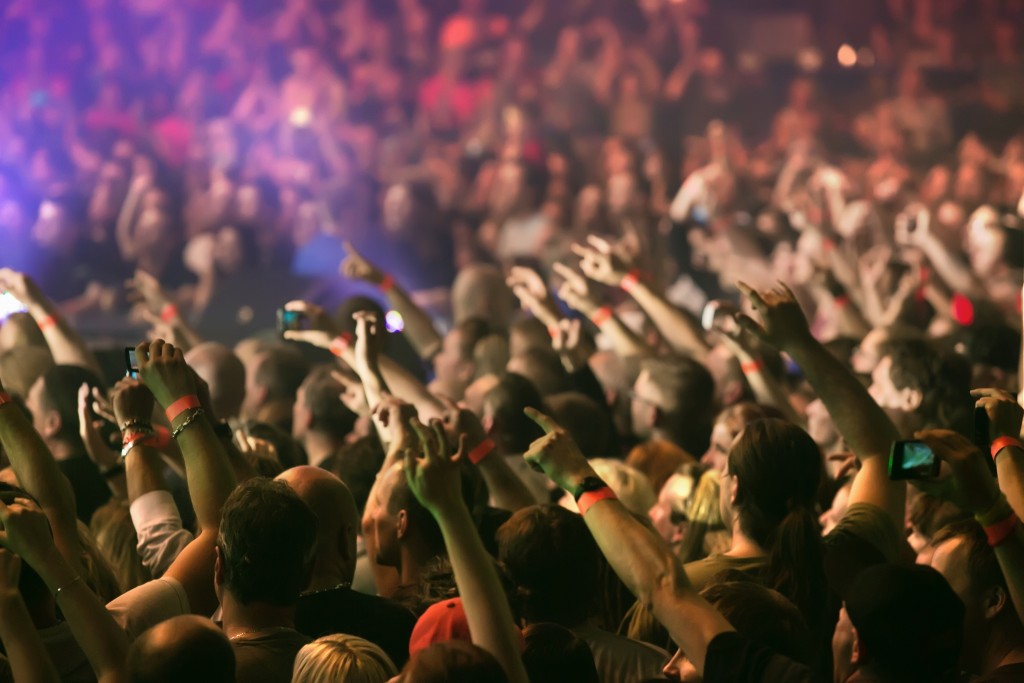When was the last time you attended a live event such as a musical concert or a Sight and Sound theater production, a business exhibition, or a sporting event? It seems like ages ago. The live events industry is one of the worst heavily impacted due to the pandemic. Live events stood canceled for almost the entire last year. It is only now that live events such as football and cricket have resumed and allowed limited spectators to be present at the ground to witness the game. So, how exactly has the COVID-19 pandemic affected the live events industry? Let us have a look.
Understanding the Impact of COVID-19 on Events
Here’s a look at the pandemic’s three significant changes in the exhibitions and live events industry.
The business losses
As soon as the coronavirus outbreak was declared a pandemic, and we realized the threat the virus poses, all live events, even planned months, were canceled immediately. This led to major losses for businesses involved in the live events sector. A substantial amount of time, money, and resources had already been invested in planning and preparing for events months ahead. The financial losses caused a major cause of concern as naturally, any business needs to be successful financially to operate. For instance, companies heavily invest upfront for event registration, booth designing, flights and other transportation and accommodation, and other business expenses for their employees. With events canceled, businesses faced significant losses for money invested in such arrangements.
Similarly, most businesses also operate with a loan of some form. They had to apply for debt rescheduling or loan restructuring to survive the financial impact. While most companies got a respite, not everyone had smooth sailing.
Unemployment
The pandemic has had an unprecedented impact on employment. The exhibition and events industry employ millions of people around the world. Businesses had to lay off a major chunk of their workforce due to the pandemic, leaving millions out of work. The US alone saw about twenty-two million people being removed from their jobs, either temporarily or permanently. Even those laid-off temporarily face uncertainty regarding when everything returns to normalcy, and they will return to their jobs.
The reluctance of people and the governments
While lockdown restrictions have been eased in recent months, the events industry is yet to see a full recovery. Firstly, governments are reluctant to allow live events due to the fear of the spread of the coronavirus. And the concerns are justified, with news of new strains of the virus being discovered, even though we have vaccines in place. Secondly, even if events are allowed with strict adherence to COVID-19 safety protocols, there is a concern among the masses regarding their safety. Hence, people themselves are reluctant to attend events.
To mitigate these issues, the events industry has switched to digital virtual events. Even major companies like Apple have hosted their otherwise traditional events digitally. In the future, most businesses will return to regular live events, while some may stick to hosting virtual events. But companies will likely adopt a hybrid model consisting of a mix of traditional and virtual events.

The Future of the Events Industry
The pandemic isn’t going to stay forever. However, it will bring some permanent changes in the way the events industry operates. Here’s a look at three major ways the events industry will be impacted.
Improved hygiene standards
Public hygiene will be of utmost importance. Special attention will be taken to ensure that activities are carried out safely and hygienically. For instance, items on display that are frequently touched by multiple individuals will be sanitized regularly. Similarly, having temperature checks, wearing face masks, and other protective equipment will become a common sight at events.
The emergence of contactless technology
Devices that operate without a touch interface will become a staple at events. For instance, RFID tags will be used to mark the attendance of visitors instead of them having to print and wear a badge. Similarly, gesture and voice-based devices will replace touchscreen devices. Additionally, there will be a rise in AR and VR content that attendees can view through their devices like smartphones.
The rise of virtual events
As discussed earlier, the pandemic has forced us to shift to a digital medium wherever possible. Businesses will create a mixed model of virtual and live events to provide a unique and engaging experience to their customers.
The pandemic has caused major disruptions in the events industry. But it is not here to stay forever. We are already on track to return to normalcy. Hopefully, this journey will be completed soon.

